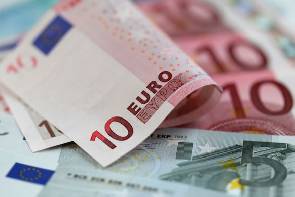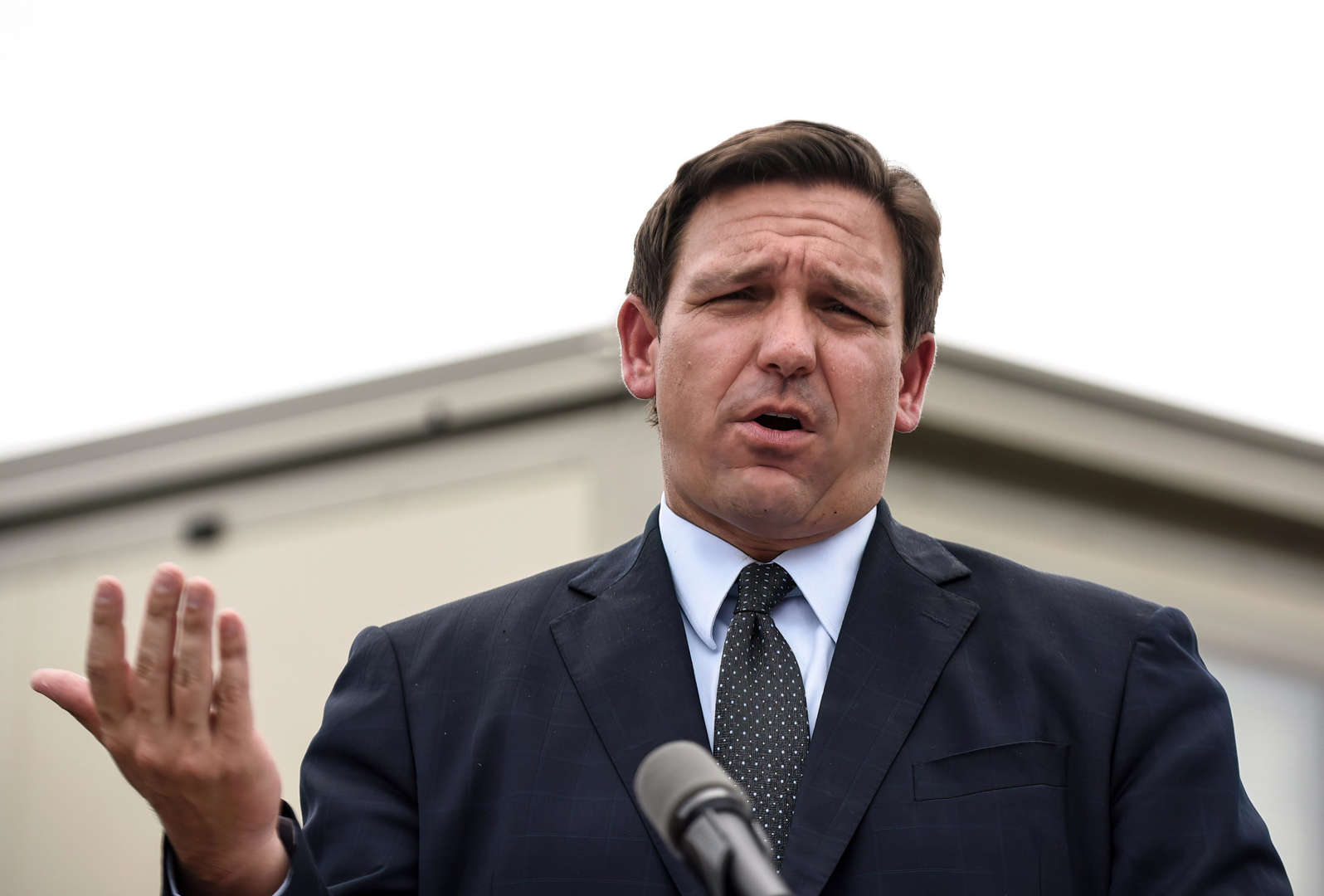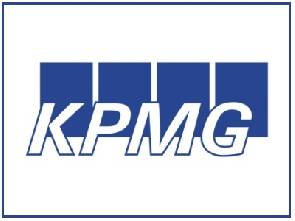Travellers buying their currencies at UK airports are being offered as little as 86 euro cents to the pound.
Foreign exchange broker FairFx, which carried out a survey for the BBC, said this rate, from Moneycorp at Southampton airport, was the worst at any airport bureau de change.
The average euro rate across 16 big UK airports was higher, at 95 euro cents to the pound.
Ten months ago the average at these outlets stood at 99 euro cents.
James Hickman, chief commercial officer at FairFX, said the fact that airport rates are so low – much worse even than at High Street banks – shows that the bureaux de change firms are taking advantage.
“In reality they are ripping off the customer, who is effectively captive as they have nowhere else to buy their money at an airport,” he said.
“At most airports and terminals individual companies have a monopoly.
“They should be regulated as there is simply no justification for charging someone 14% [the average margin between the tourist and money market rates] to change their pounds to euros,” he added.
That margin is as high as 26% at Moneycorp’s Southampton airport outlet.
Pauline Maguire, Moneycorp’s retail director, said: “The reason for our higher airport rates is the significant cost associated with operating there – from ground rent and additional security, to the cost of staffing the bureaux for customers on early and late flights.”
“An easy and more cost-effective way for customers to buy travel money is to pre-order online and collect at the airport,” she said.
The best euro rate for tourists detected in the airport survey was 1.05 euros, from Travelex at Newcastle airport.
Wide variation
The average tourist rate for the pound against the US dollar is also very low.
Currently the average is $1.12 to the pound at UK airports, ranging from $1.05 at ICE at Norwich airport to $1.15 from Travelex at Heathrow Terminal 3.
Koko Sarkari, chief executive of ICE, which runs bureaux de change at Belfast, Birmingham, Heathrow and Luton airports, dismissed the idea his firm was exploiting a captive market.
“We work hard to keep our prices fair and competitive around the world,” he said.
“However, due to differences in distribution, costs of operation, regional competition and other factors such as ongoing volatility in the market, as we are experiencing now, online prices may not be the same as our ICE branch prices and prices may also vary between branches because of these factors.”
One reason for the poor rates on offer to tourists is the continued decline of the pound on the foreign exchange markets, in the wake of last year’s Brexit vote.
The pound’s money market rate – the one at which banks buy and sell to each other – has dropped from $1.31 to $1.29 in the past 12 months.
Against the euro it has dropped much more in that time, from 1.18 euro to 1.08 euro.
Continuing Brexit uncertainty is feeding into sterling weakness, said Simon Derrick, a managing director at BNY Mellon.
Traders are looking to see what will happen over the next two months, with the attempted incorporation of EU law into UK legislation through the Great Repeal Bill, and EU negotiator Michel Barnier reporting back to the European Parliament on Brexit talks.
Sterling also hasn’t done that well in August after the Bank of England monetary policy committee voted to keep rates on hold – investors see no prospect of a rates rise any time soon, he said.
However, there are two sides to the story. The euro is also getting stronger because “the eurozone economy is really starting to show some signs of life,” he said.
Eurozone consumer confidence seems to be picking up, and investors think the ECB will start to tighten monetary policy as inflationary pressures build.








